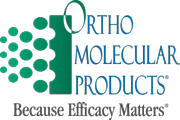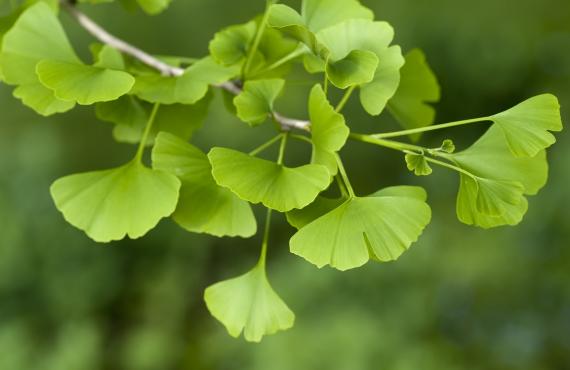Herbal Drug
CAMAG’s pioneering role in the analysis of Herbal Drugs
High-Performance Thin-Layer Chromatography (HPTLC) is the technique of choice for the analysis of Herbal Drugs. CAMAG’s HPTLC systems (HPTLC and HPTLC PRO) are designed to meet your needs for successful qualitative and quantitative analysis of raw materials and finished products. In addition, CAMAG’s dedicated and highly qualified scientific staff continuously develops new methods to solve analytical challenges in the field of Herbal Drugs.
HPTLC’s capability for dealing with complex matrices is impressively demonstrated in the case study of the qualitative analysis of Ginkgo leaves and dry leaf extracts. Ginkgo extracts are widely used as Herbal Drugs and Botanical Dietary Supplements.
We offer you the tools and expertise needed to withstand any regulatory scrutiny regarding your botanical material whether your concern is inspection of the incoming goods or the quality control of your finished products. The use of standardized HPTLC methods allows you to clearly identify natural materials, regardless of the source, based on their chromatographic fingerprint. Additionally, HPTLC is a powerful tool to rapidly compare several samples in parallel, check for adulteration, monitor purity and stability, and quantify marker compounds.
Equip your lab with the CAMAG products that are most suitable for your specific needs and consult with us in the search for the solution to your analytical problems.
Customer Testimonials
"Identification of botanicals is a very complicated process. The standard tools in the industry to identify materials typically cannot be used to identify botanicals, because with botanicals you are dealing with a species, a genus and even down to a plant part. In order for the product to be efficacious, we have to make sure that we have the proper genus, the proper species and the proper plant part. So one of the only methods in the industry that can test down to that level in detail is TLC, or in our case we’ve invested in the High-Performance TLC machine and that is what we use to identify botanicals."
Jenna Farr, Quality Assurance Manager, Nature’s Way Brands

"Herb Pharm has relied on HPTLC analysis with CAMAG systems since the nineties. We use this analysis, among other methods, to verify identity of herbs and their constituents as well as finished product identity testing."
Dagmar E. Goldschmidt, Technical Affairs Manager, Herb Pharm

"Purchasing the HPTLC System from CAMAG is by far the most benefical purchase we have made for our laboratory. The CAMAG system has been instrumental in allowing us to easily comply with our identity specifications for raw botanicals and liquid extracts. The learning curve was minimal, and the reports generated by the visionCATS software make documentation for 21 CFR 11 cGMP compliance straightforward and trouble-free."
Steven Yeager, Director of Quality, Mountain Rose Herbs

"CAMAG Scientific’s HPTLC instrumentation is one of Ortho Molecular Product’s primary means in verifying the identity and purity of botanicals and USP grade amino acids. Furthermore, the responsiveness of Camag’s instrument maintenance and repair service team routinely exceeds that of our other instrument manufacturers at a fraction of the annual service cost."
Rick Junk, Natural Products Scientist, Ortho Molecular Products, Inc.

